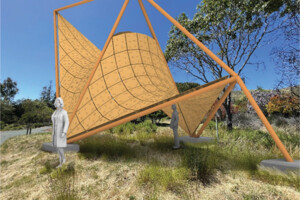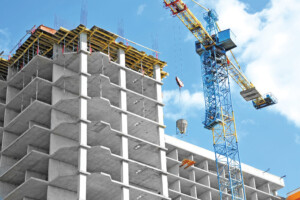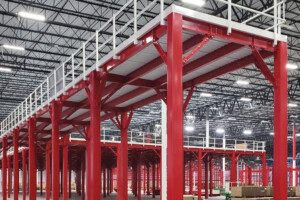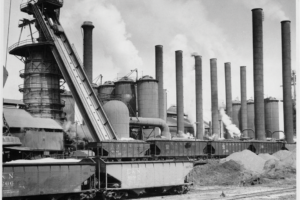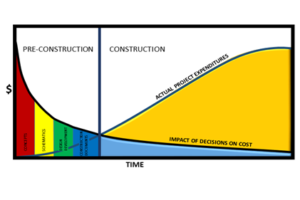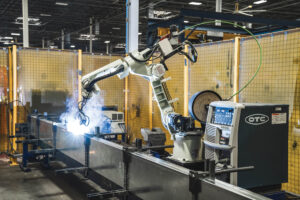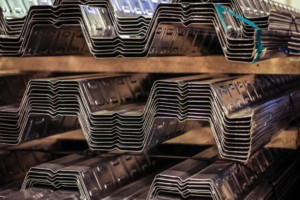Unleashing creativity within constraints.
…Review Category : Articles
Have you ever received a call from a developer asking you to take a look at an old building? Sometimes, they might ask if you could tell them that it’s not feasible to save it so that they can justify tearing it down. Other times, they might ask you whether it’s possible to restore it. We, as structural engineers, need to understand our role in scenarios like this.
…Throughout the construction industry, there is a movement toward sustainability that is affecting what and how we build, and a central part of this movement is the use of low-carbon materials. Although all materials are subject to scrutiny, concrete has received specific attention, and rightfully so, concrete is the most widely used material in the world. On a unit mass basis, concrete has one of the lowest carbon footprints of all manufactured materials.
…This article provides an overview of the reorganization of Chapter 22 on steel in the 2024 International Building Code (IBC) and a discussion of new sections for metal building systems, industrial boltless steel shelving, industrial steel work platforms; and stairs, ladders, and guarding serving steel storage racks and industrial steel work platforms. Only a portion of the chapter’s total number of code changes is discussed in this article.
…The story of the Sloss Furnace Company is more than a story about a historic manufacturing plant. Like most structures, the iron-producing furnaces were built to generate income for the owners by filling a product need produced at a competitive price that utilized locally available raw materials and human capital.
…Over the last two decades, the practice of delegating the design of structural steel connections and structural steel stairs to an engineer retained by the steel fabricator has grown more and more popular. As such, the execution of these projects has seen many different methods to get to a final design and fabricated steel. This article is intended to provide some history into delegated design, a review of the documents that define standard practice, and some strategies and best practices for specifying delegated design.
…The term “transition building” was coined by post-transition historians. It derives from builders of that period utilizing steel to create greater building heights and floor spans. The word “skyscraper” had its origin in either New York or Chicago, but who holds bragging rights for the oldest skyscraper?
…Traditional construction methods such as stick-framing cold-formed steel (CFS) walls have been in use for a long time. Stick framing involves wastage of material and requires skilled field labor, slower build time, and scheduling around favorable weather. With advancements in technology, we are now witnessing the early stages of innovation in the architecture, engineering, and construction (A/E/C) industry using automation.
…LCAs, EPDs, GWP … many engineers attempt to dive into the world of sustainability and find themselves swimming in a sea of acronyms. While a designer might wish—or need—to incorporate sustainability into projects, the lack of concise background information can leave someone new to sustainability feeling quite intimidated. Rest assured that integrating carbon reduction into designs can be as simple as adding a couple of columns to an existing design spreadsheet.
…Dr. Nehemiah J. Mabry, P.E., is an engineer, educator, and CEO based in Raleigh, North Carolina. With advanced degrees in Mathematics and Civil/Structural Engineering, his career spans roles as a NASA Researcher, Bridge Design Engineer, and Professor. Dr. Mabry is also the CEO and Founder of STEMedia, an edtech and digital media company for young professionals in the Science, Technology, Engineering, and Math (STEM) community. He can be reached at nehemiah@stemedia.com.
…
